The barcoded product improves internal (warehouse) and external (point of sale) traceability process through the supply chain. Although we usually talk about barcodes in a very general way, there are two large groups and a multitude of symbology, depending on the purpose.
Let’s talk about existing barcodes and their classification. GS1 international distinguish two main groups we list below.
LINEAL BARCODES:
These are the ones most used in the world. They are applied for closed distribution chains, for the administration of logistics processes such as dispatches and receipt of merchandise from secondary packaging. The most known Linear Barcodes are: GTIN Code 8, GTIN 13, UPC, GTIN 14 and GS1 128.
-
GTIN CODES: These are Omnidirectional Barcodes that represent the created standard by the EAN association. The GTIN identifies types of products at any level of packaging (for example, consumer unit, inner package, box ...).
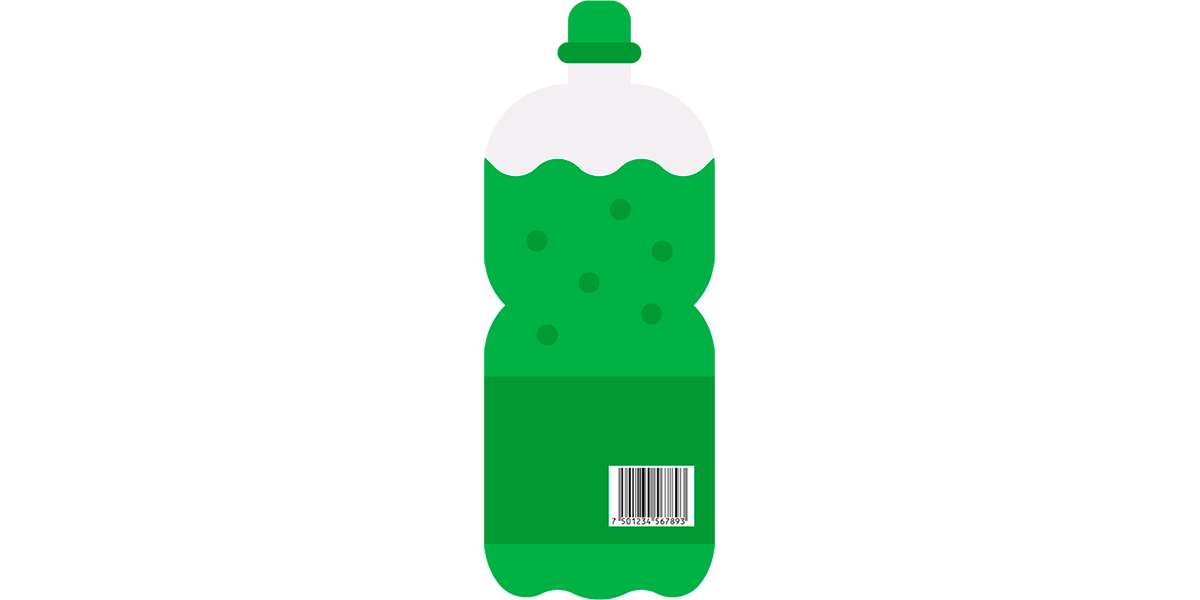
GTIN 13: Represented by the EAN-13 symbology. It is used to identify consumer products sold around the world.
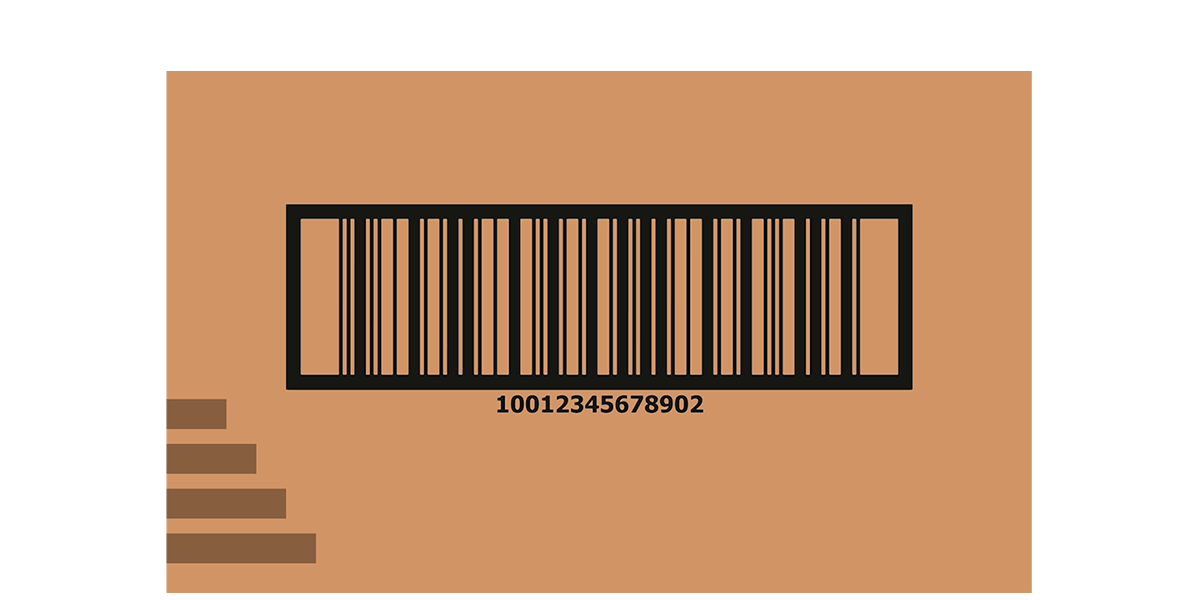
GTIN 14: Represented by the ITF-14 symbology. Used in articles or groups that are not expected to pass through the point of sale, and especially indicated for printing on corrugated cardboard.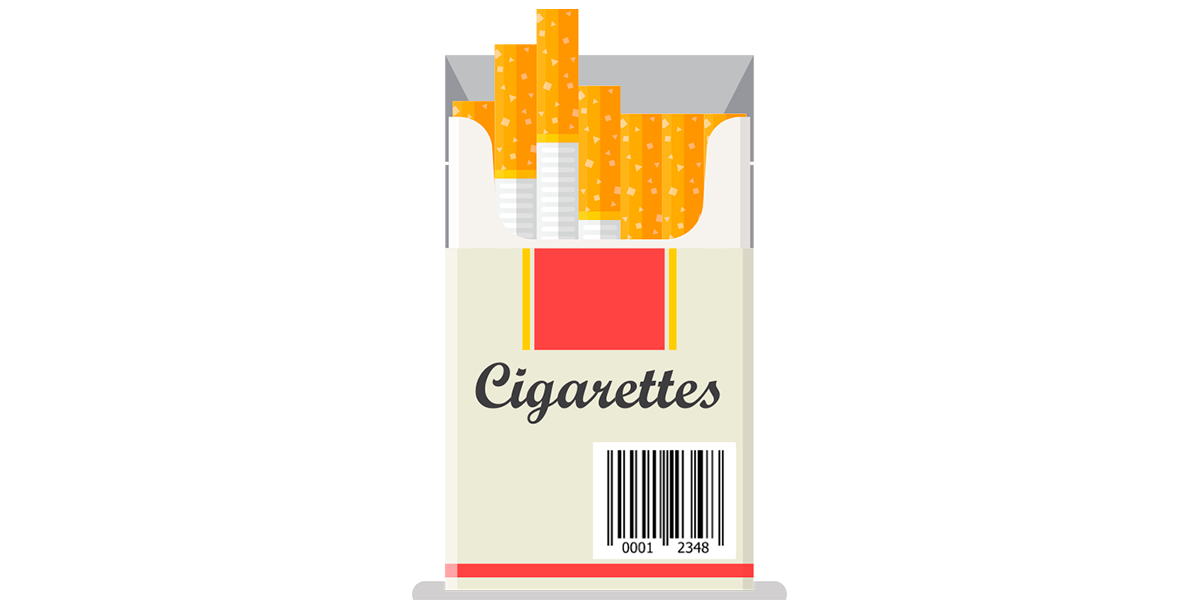
GTIN 8: Represented by the EAN-8 symbology. It is the short version of the GTIN-13, common in small packaging products. It is also the European equivalent of the UPC-E in the United States.
-
GS1 DATABAR: Usually used to label fresh food such as fruits and vegetables. These often contains the following information: the lot number, the expiration date, the weight of the item, as well as other attributes used at the point of sale.
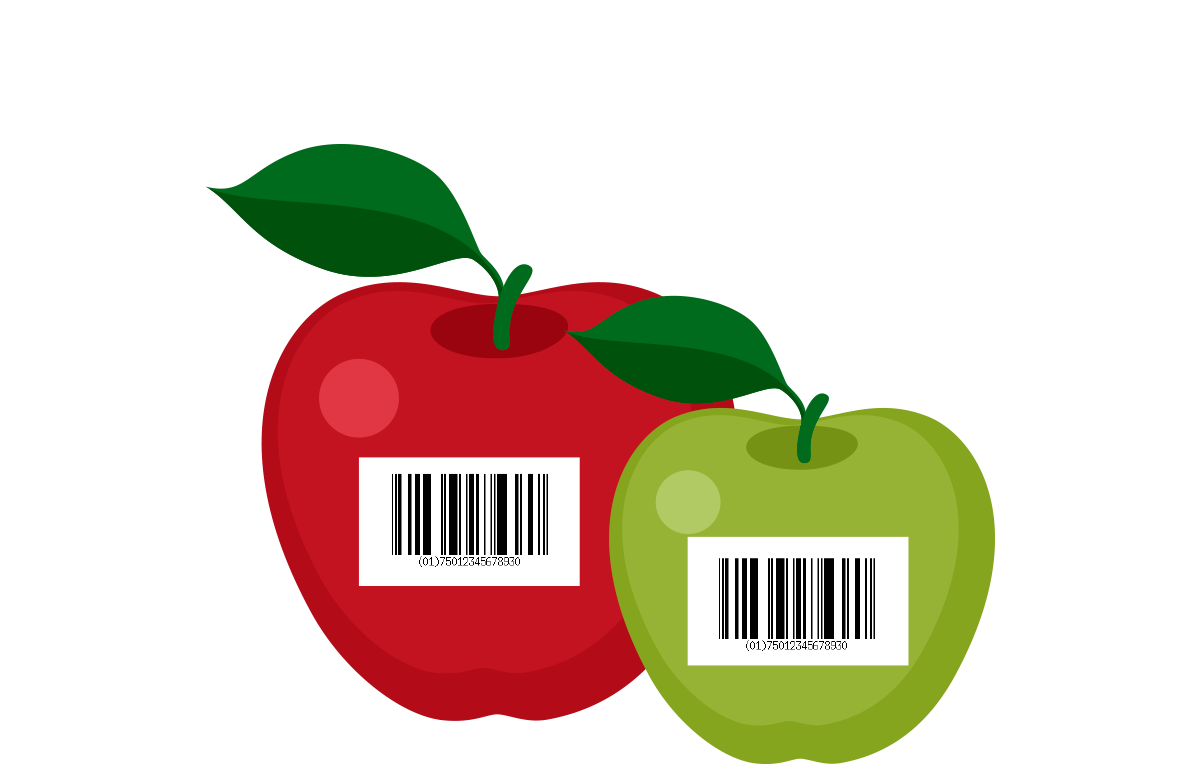
Omnidirectional DataBar: It is a small and high-density barcode, as well as the most common of all. It can store up to 14 digits.
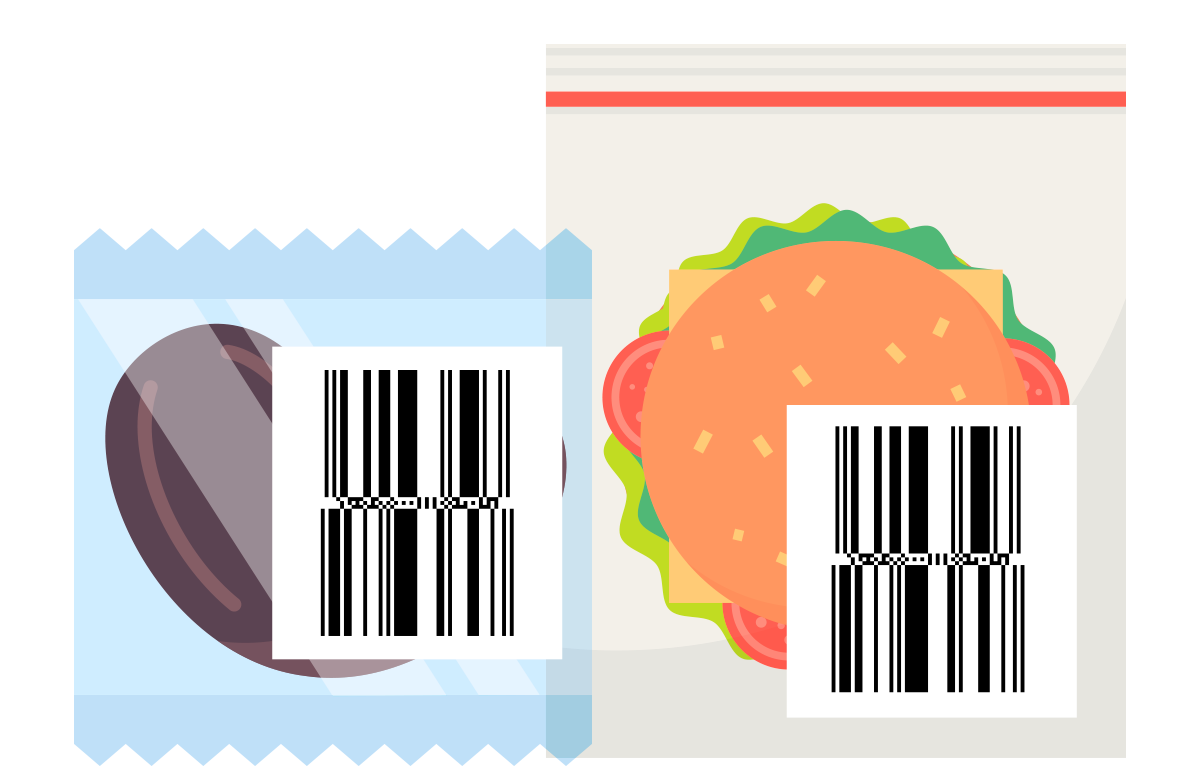
Omnidimensional Expanded Databar: Divide the information into two levels in order to decrease the size of the barcode.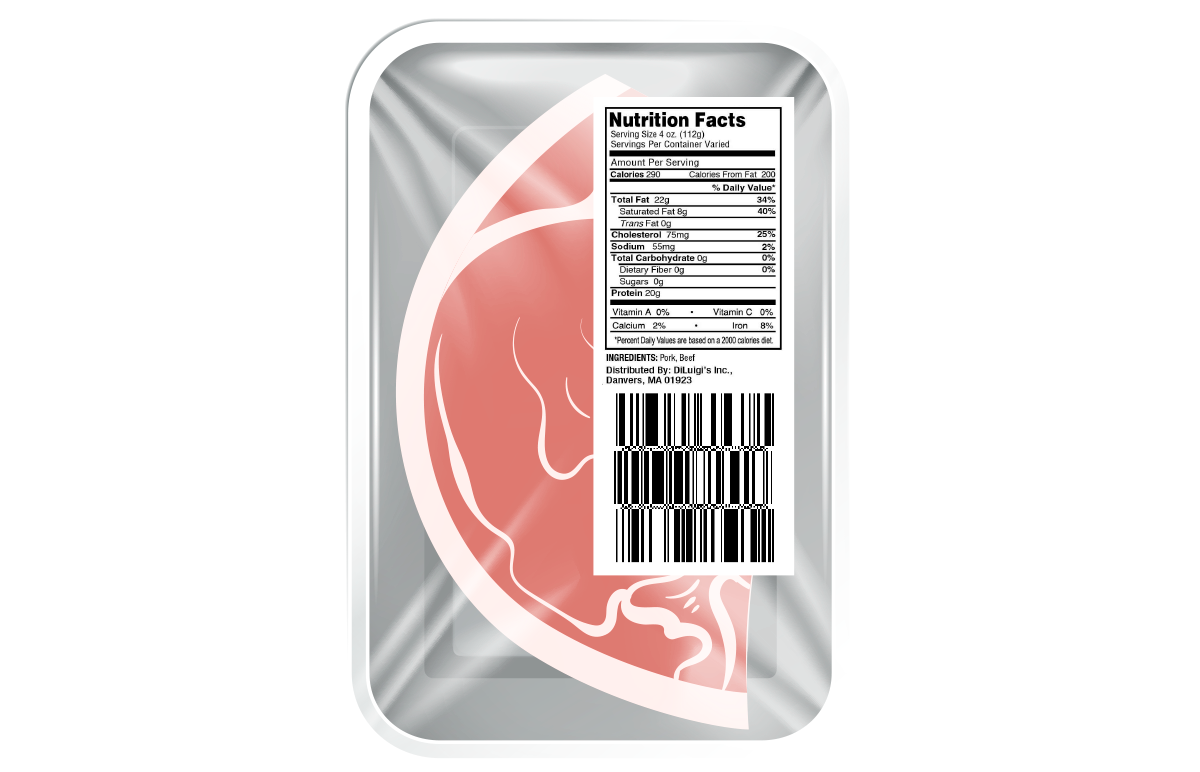
Stacked Expanded Databar: Each information element is stored in a barcode level.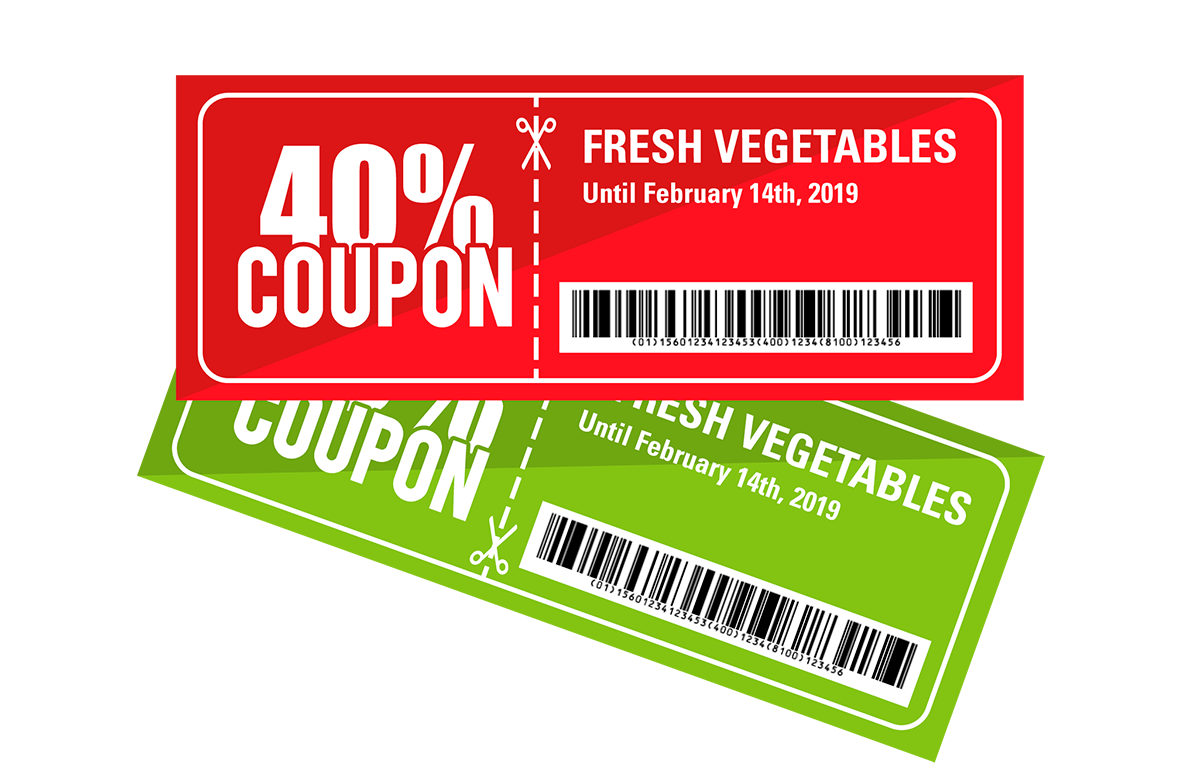
Expanded Databar: They are mainly used for supermarket coupons. -
UPC CODES: The UPC-E barcode is a universal product code and the most used in the United States. These can be read in any direction and are characterized by always starting with the numerical value 0.
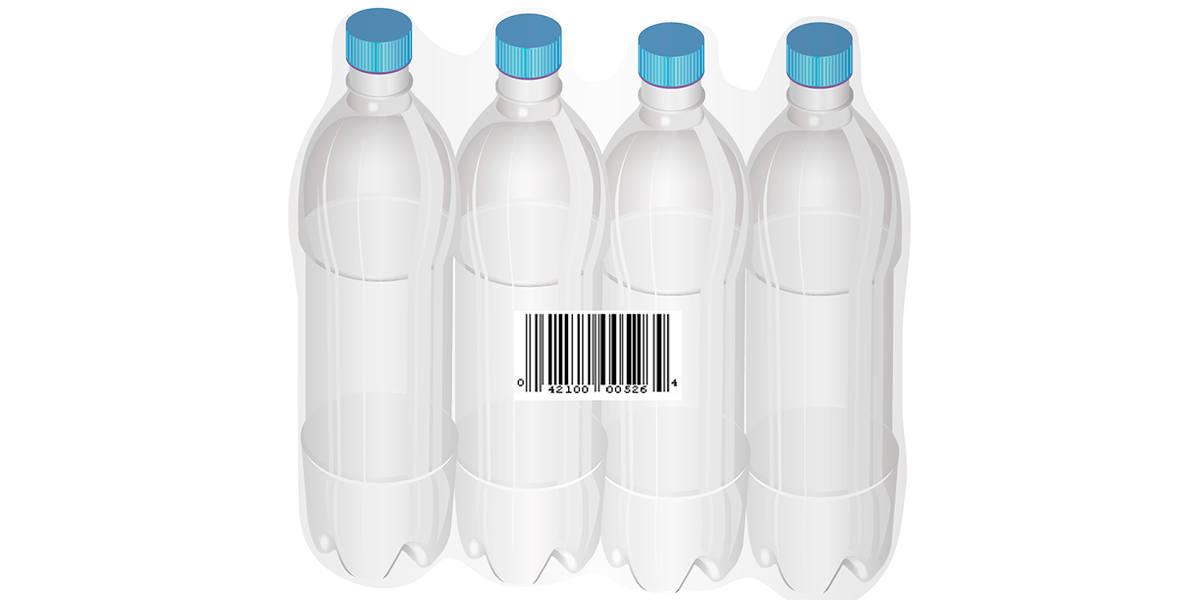
UPC A (or GTIN 12): It has twelve digits. It is used mostly in retail items, for example, in grocery stores.
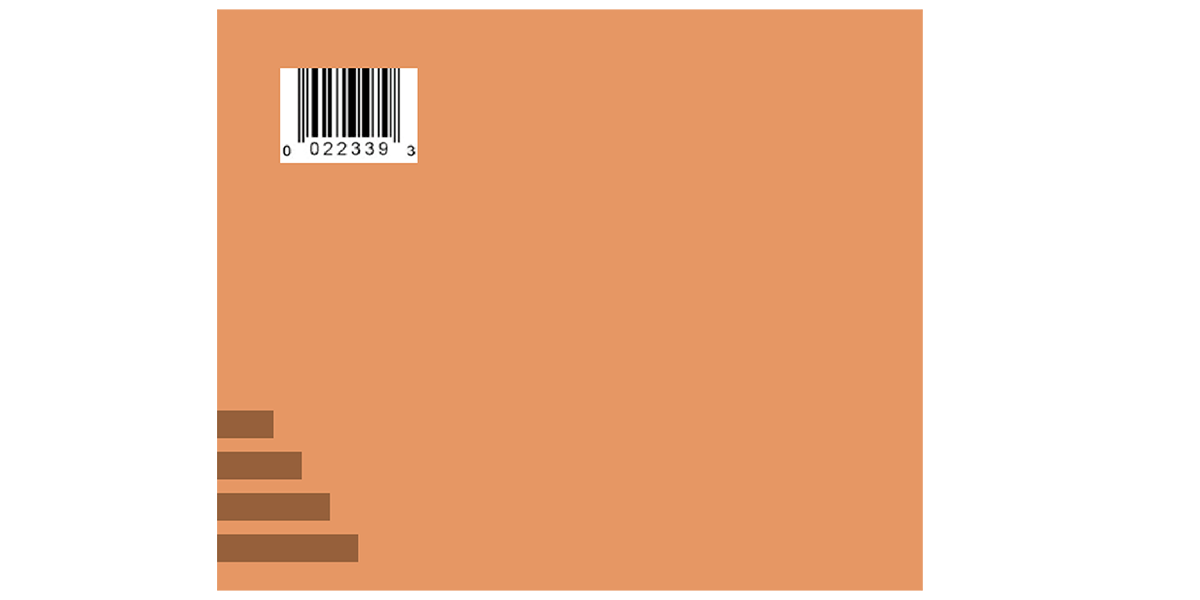
UPC E: It has eight digits. It is used exclusively in retail items (small packaging). -
GS1-128 BARCODE: Lineal barcode GS1-128 is the most comprehensive among lineal barcodes. Widely used in general distribution and in logistics environment, it is represented with the EAN-128 symbology. Perfect for identifying boxes and pallets that travel and move within a chain. It allows to represent other additional information, such as the batch, dates and much more, thus facilitating the tracking of traceability throughout the supply chain.
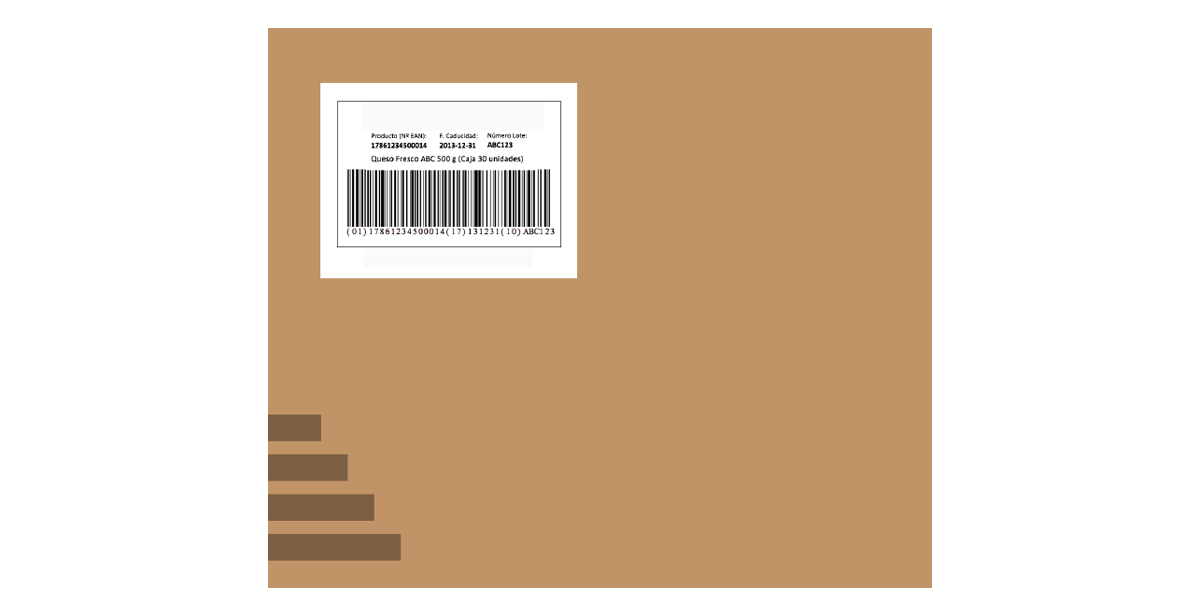
Group packaging (secondary)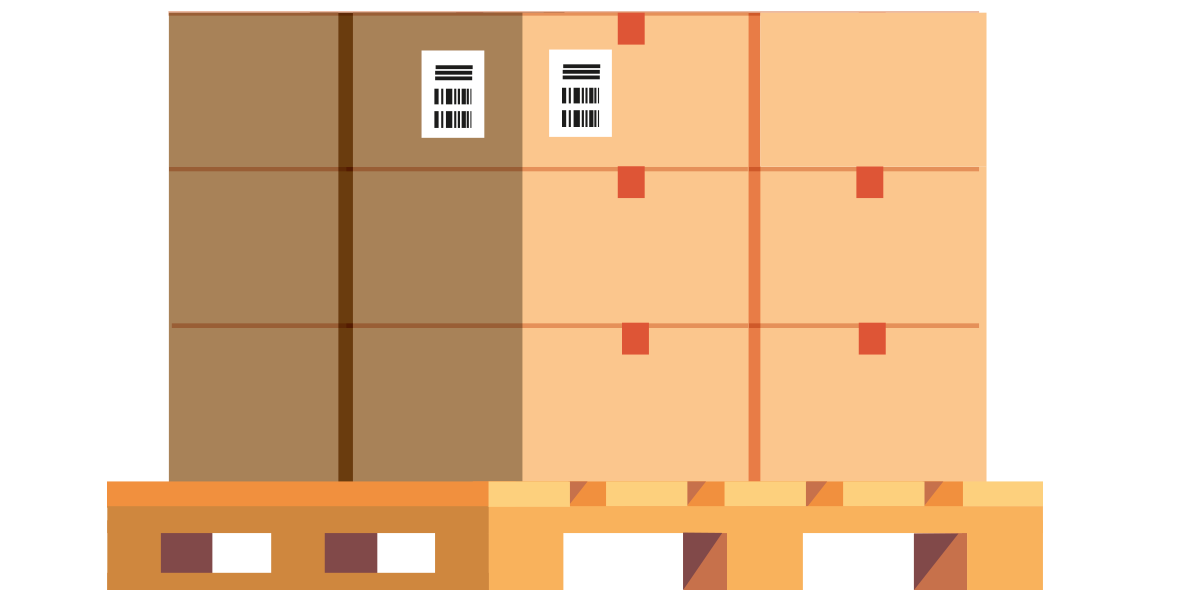
Pallet (tertiary)
TWO-DIMENSIONAL BARCODES:
The Two-Dimensional Barcode are made up of a patterns that encode the data in two dimensions with dots, rectangles, squares, hexagons and other geometric patterns. Thanks to their high symbol storage and restoration capacity they are used everywhere: to accede to web pages, download photos, videos, music, games and in general to all kinds of information.
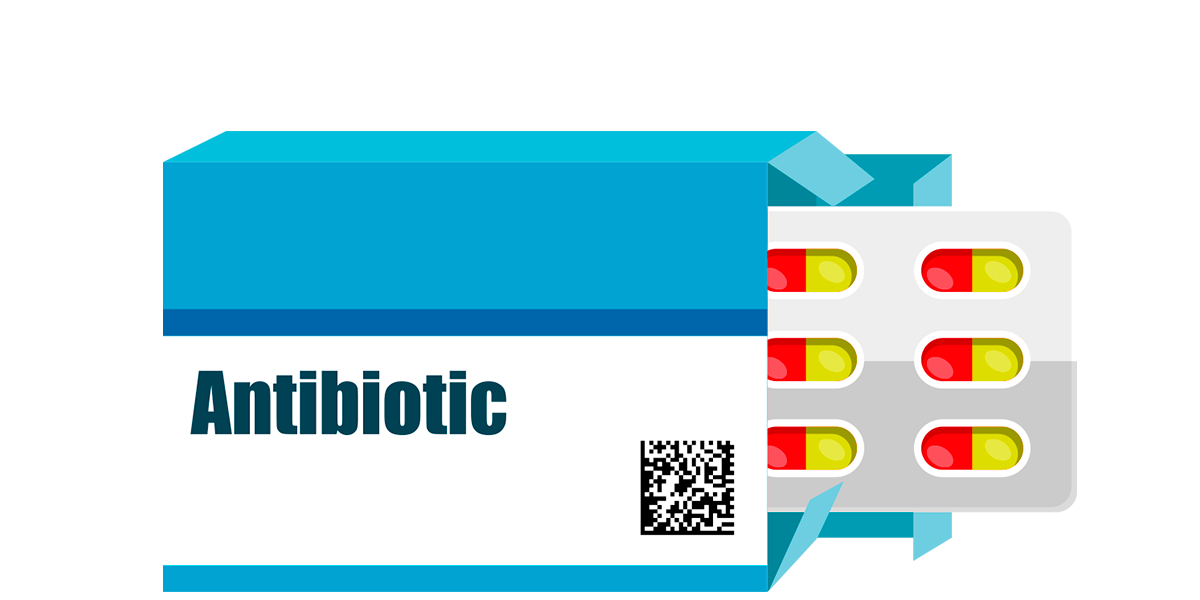
GS1 DATAMATRIX: Depending on the size can contains more than 3.000 symbols (numeric) or more than 2,300 alphanumeric.
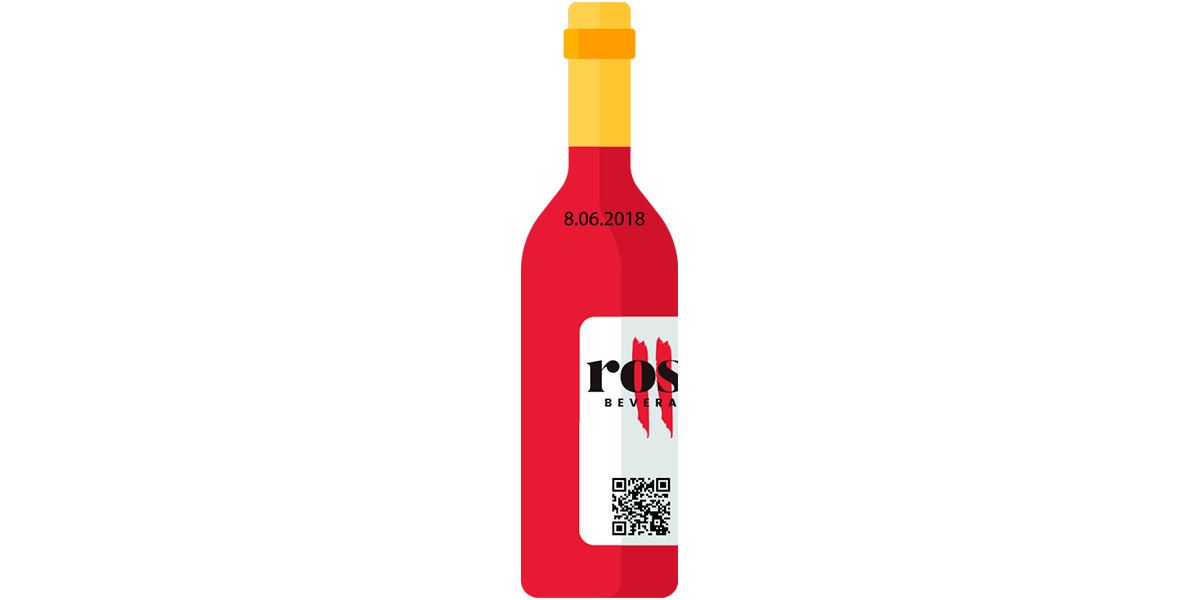
GS1 QR CODE: Can store up to 7089 numeric symbols and up to 4296 alphanumeric.

